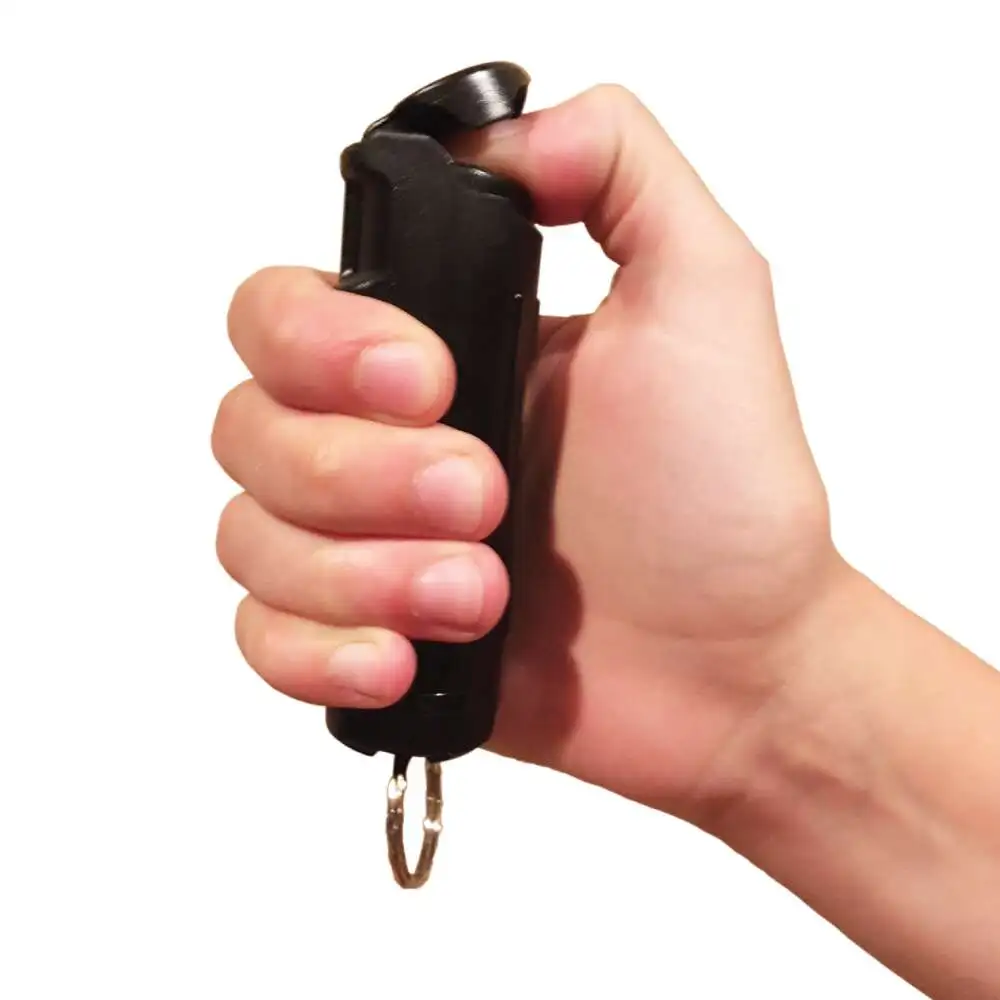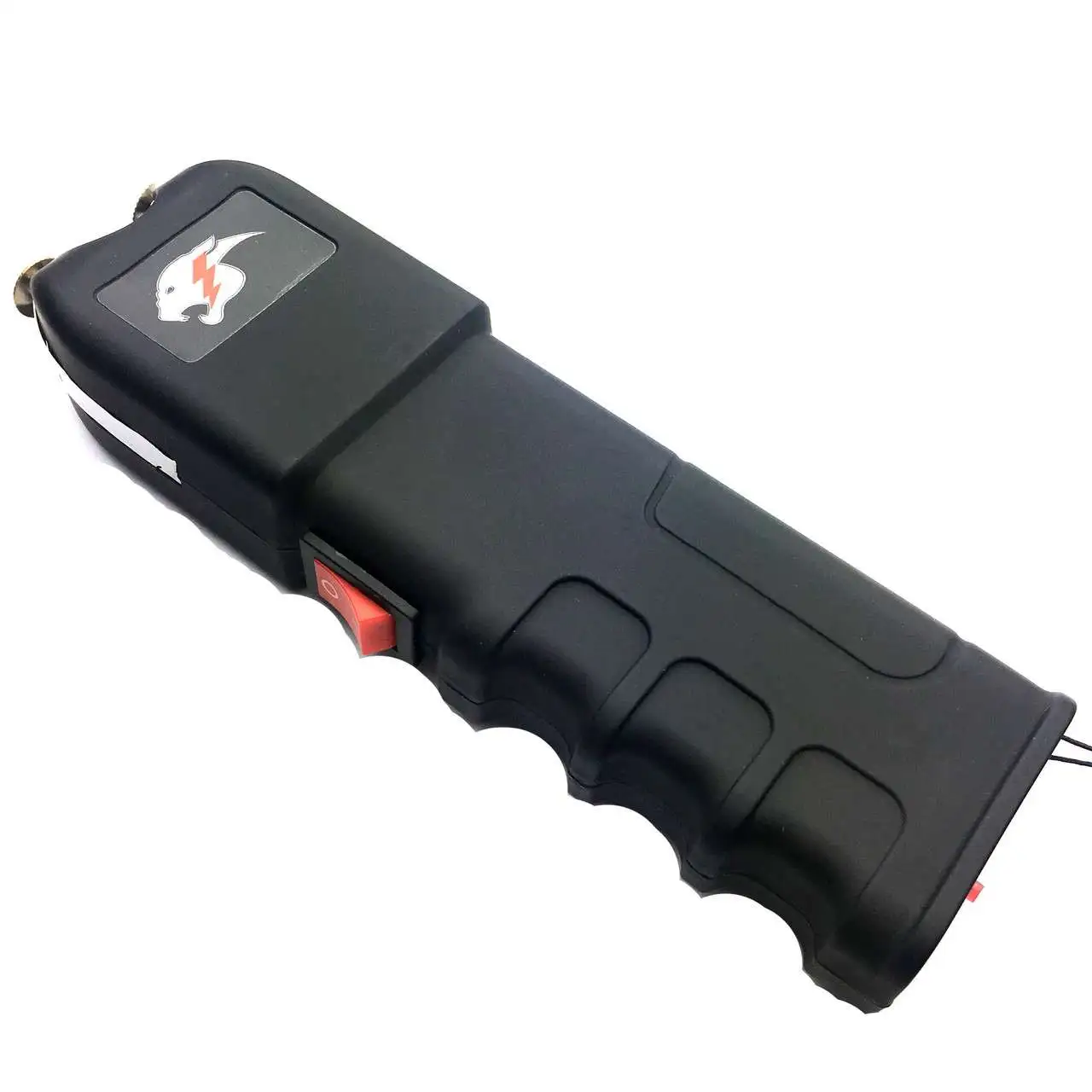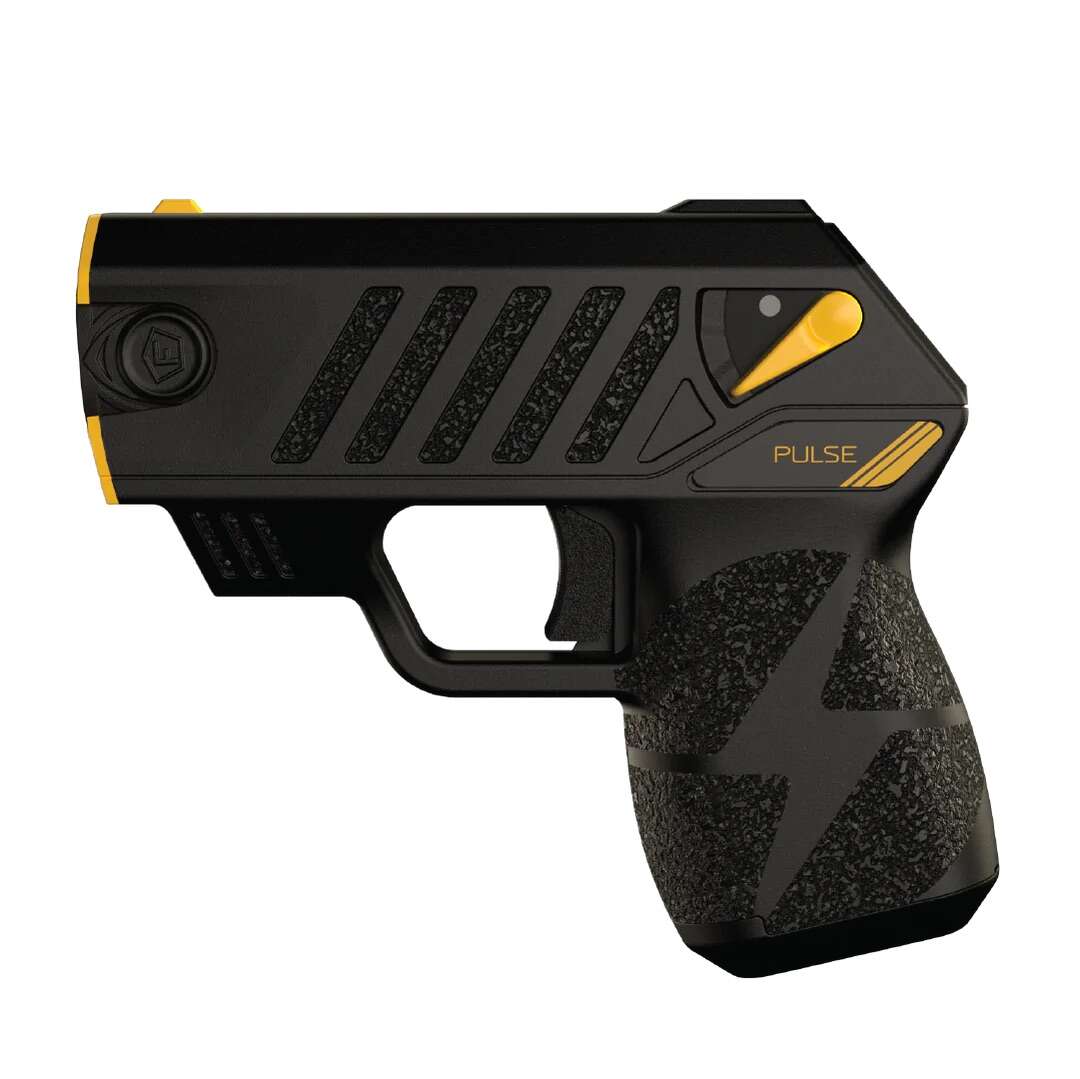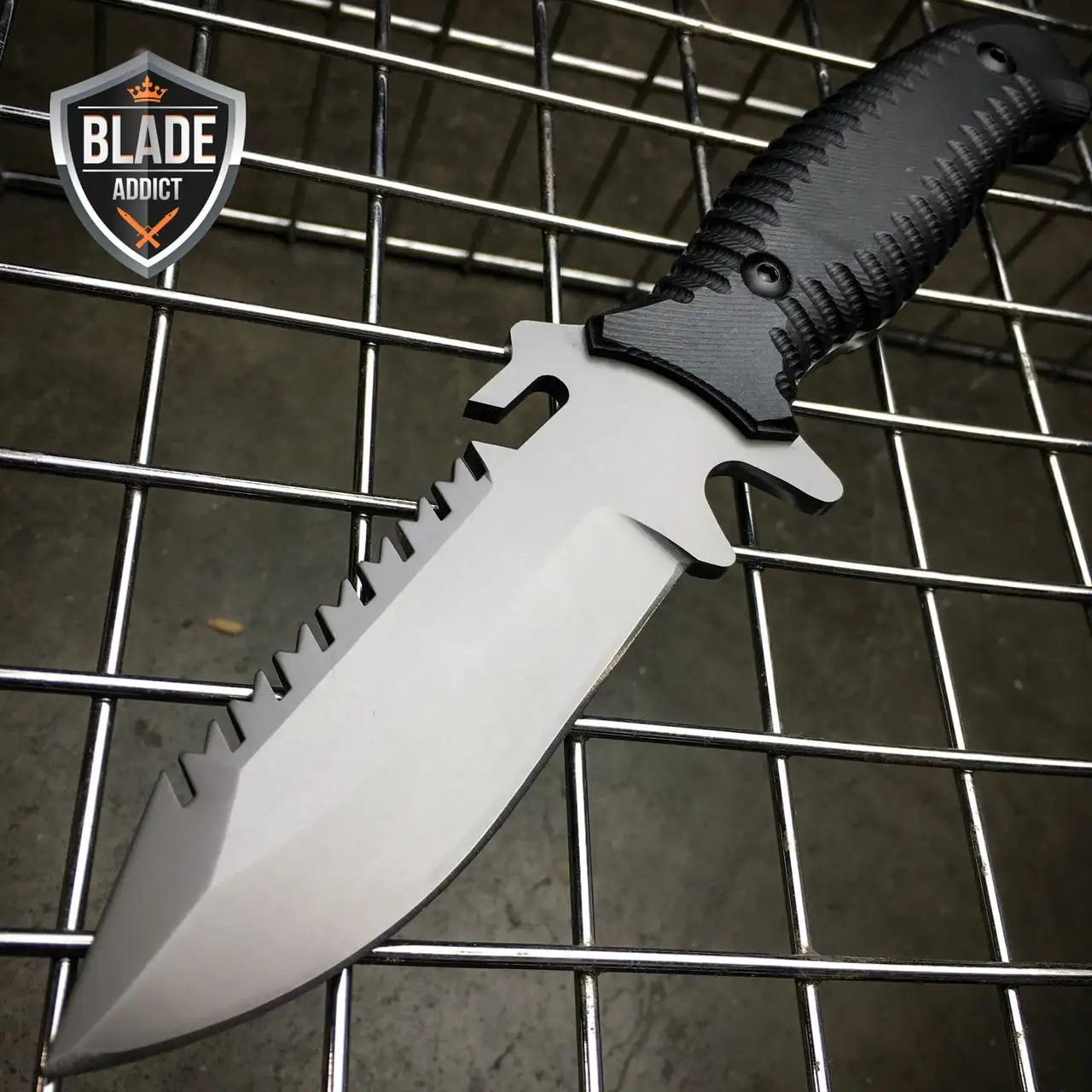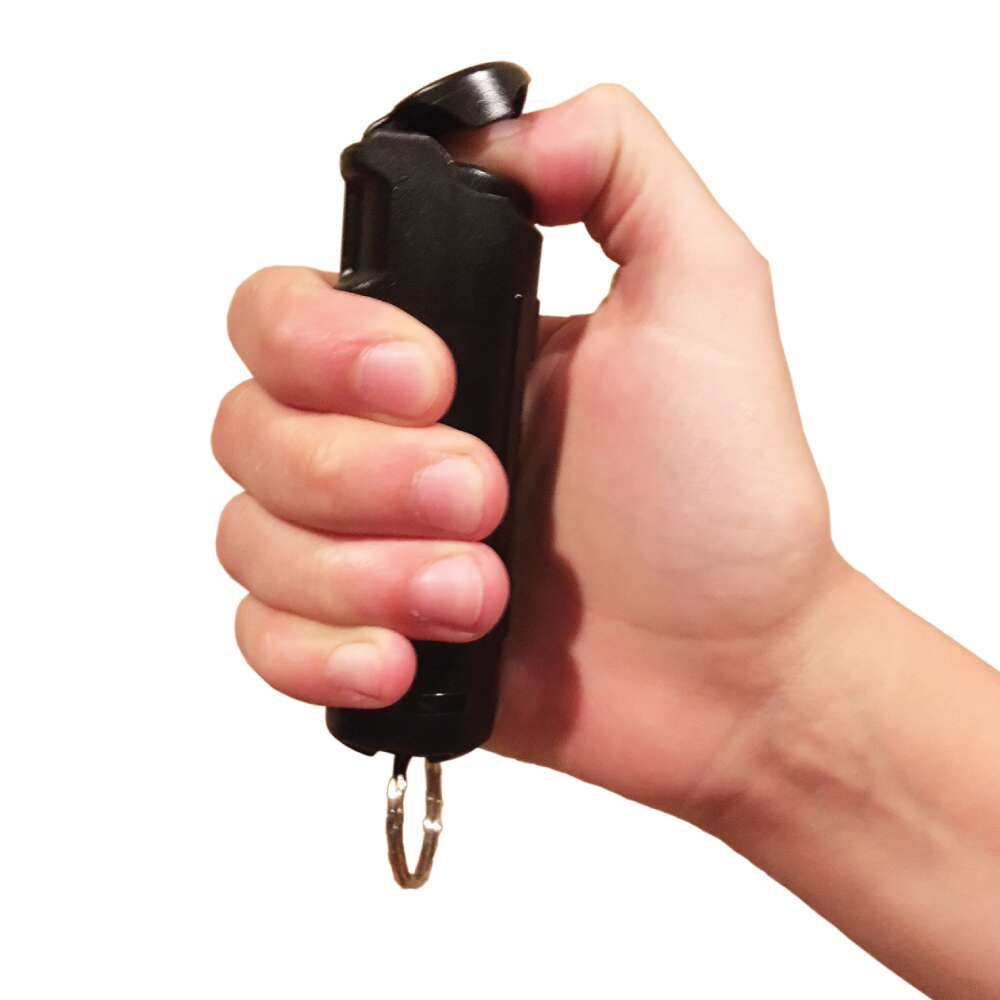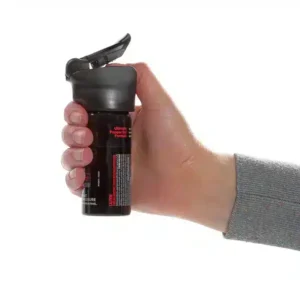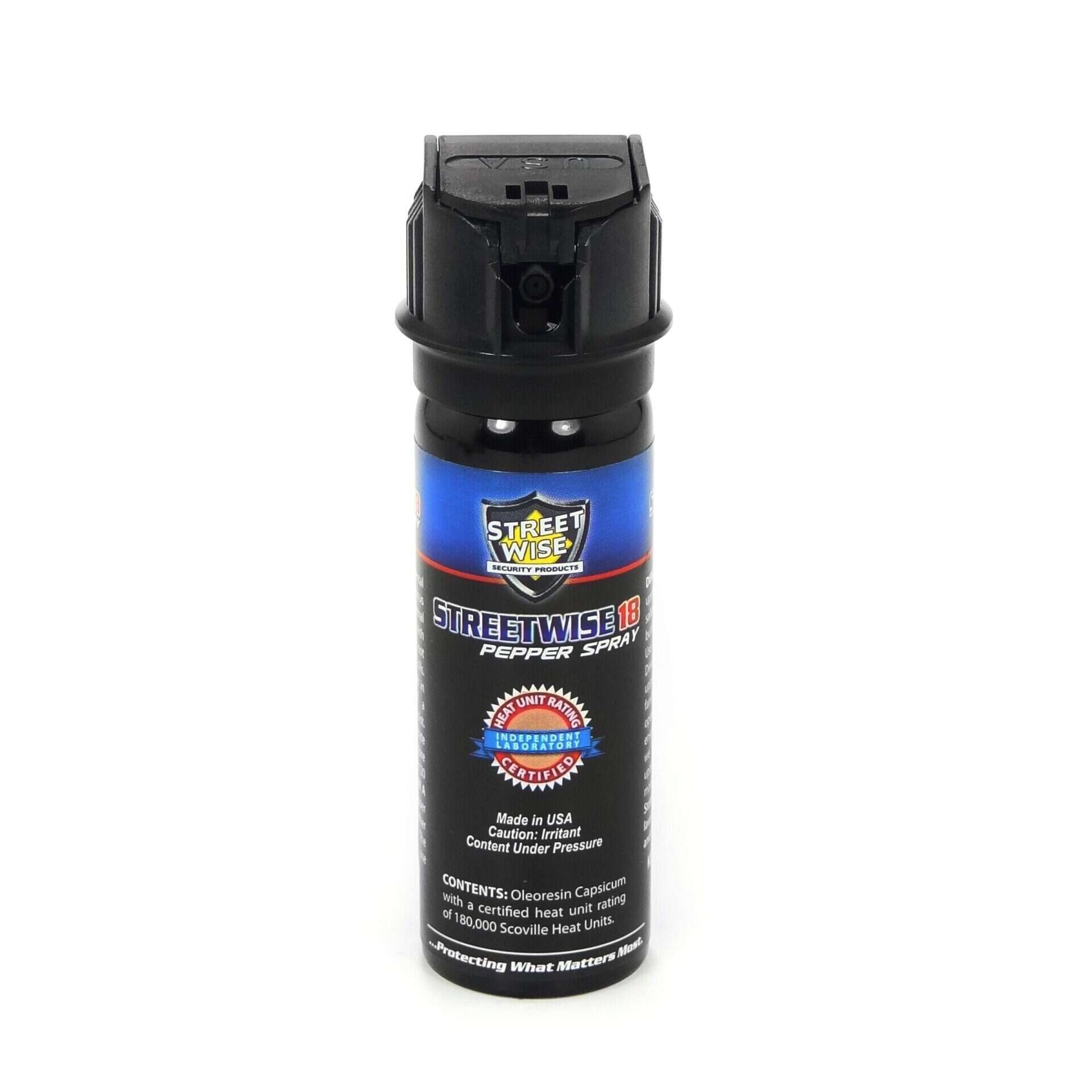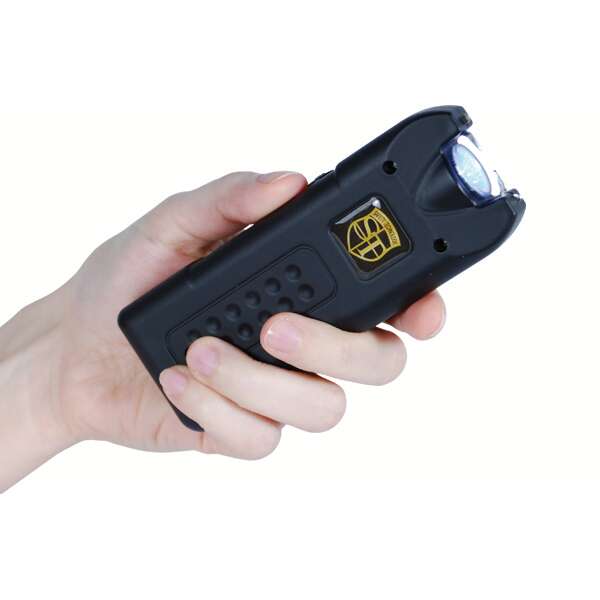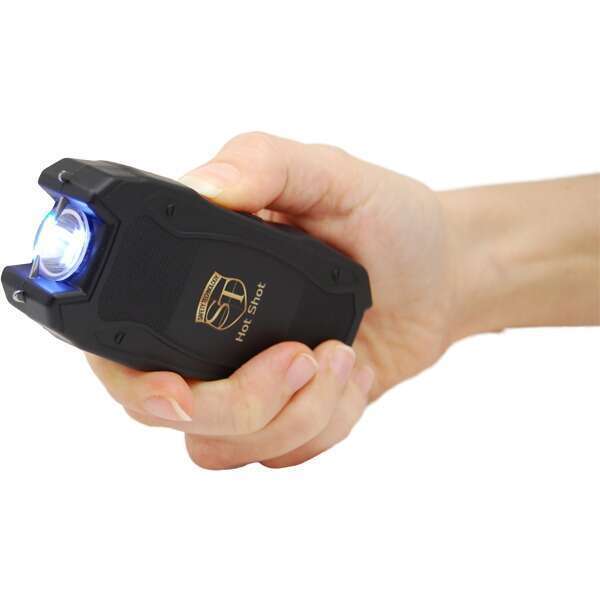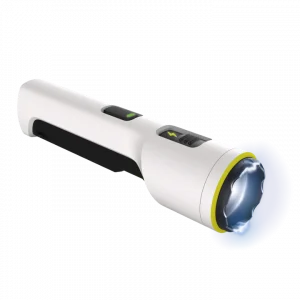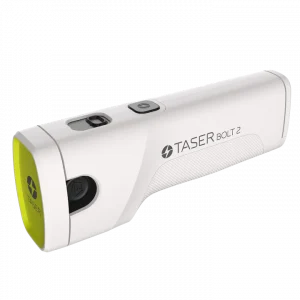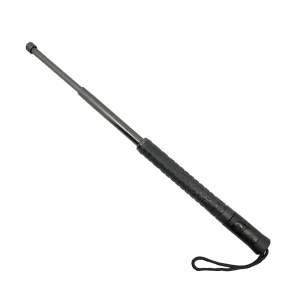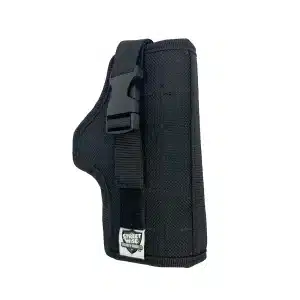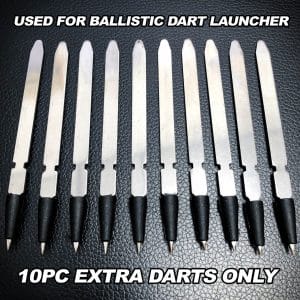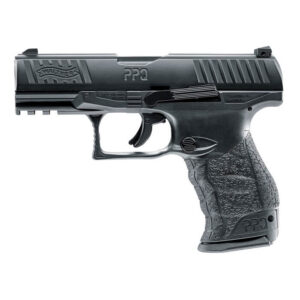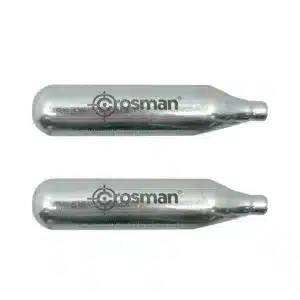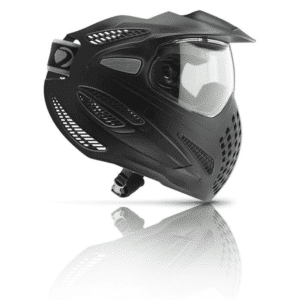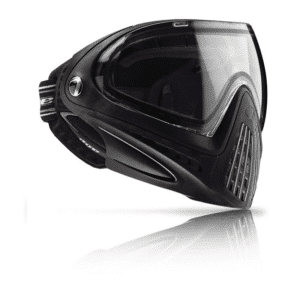Self-defense is an important aspect of personal safety, and having the right self-defense weapon can make all the difference in a dangerous situation. With so many options available, it can be overwhelming to choose the right self-defense weapon for your needs. In this article, we will explore the factors to consider when choosing a self-defense weapon and provide an overview of the most popular types of self-defense weapons.
Factors to Consider When Choosing a Self-Defense Weapon
- Legal Restrictions – Before purchasing a self-defense weapon, research the laws in your area to ensure that the weapon is legal and can be carried in public.
- Personal Preference – The best self-defense weapon for you is one that you feel comfortable using and can handle effectively. Consider your physical ability and skill level when choosing a weapon.
- Cost – Self-defense weapons can range from inexpensive to very expensive, so it’s important to set a budget before making a purchase.
- Portability – A self-defense weapon that is easy to carry and conceal is important if you plan to carry it with you regularly.
- Effectiveness – Consider how effective the weapon is in different situations and against different types of attackers.
Types of Self-Defense Weapons
Pepper spray is a popular non-lethal self-defense weapon that is easy to carry and use. It can temporarily blind an attacker, giving you time to escape or call for help. Pepper spray comes in different strengths, so it’s important to choose one that is strong enough to be effective but not too strong that it could cause permanent damage.
Key points about Pepper Spray:
- Capsaicin as the Active Ingredient: Pepper spray contains capsaicin, a chemical derived from chili peppers, which causes irritation and inflammation upon contact with the eyes, nose, and skin.
- Immediate Effects: When sprayed on an attacker, pepper spray induces intense burning, swelling of the eyes, and temporary blindness, incapacitating the aggressor momentarily.
- Portable and Discreet: Pepper spray is compact and can be easily carried in a purse or pocket, making it a convenient option for personal safety on the go.
- Range and Versatility: Most pepper sprays can reach a distance of several feet, providing a level of protection against both close-range and moderately distant threats.
- Temporary Effects: The effects of pepper spray are usually temporary and wear off after some time, allowing the attacker to recover without causing permanent harm.
- Variety of Formulations: Pepper spray comes in various formulations, including sprays, gels, and foam, offering options that suit individual preferences and situations.
- Use in Emergency Situations: In emergency scenarios, pepper spray can be a valuable tool to defend oneself against potential assailants or aggressive animals.
- Training and Responsible Use: Proper training and understanding of local laws regarding the use of pepper spray are essential to ensure responsible and effective use.
In summary, pepper spray is a widely adopted non-lethal self-defense option, prized for its ease of use and portability. Its ability to temporarily incapacitate attackers can provide crucial moments to escape from dangerous situations and seek assistance. However, it’s crucial to select the appropriate strength of pepper spray to balance its effectiveness without causing unnecessary harm. Being well-informed about proper usage and adhering to legal guidelines will enable individuals to utilize pepper spray safely and confidently in times of need.
Stun guns are another non-lethal self-defense weapon that can incapacitate an attacker. They work by delivering an electric shock to the attacker, causing them to lose muscle control and fall to the ground. Stun guns are effective but require close proximity to the attacker and can be less effective against larger or more aggressive attackers.
Key points about Stun Guns
- Electric Shock Mechanism: Stun guns operate by emitting an electric shock upon contact with the attacker’s body, temporarily disabling their physical capabilities.
- Non-lethal Self-Defense: As a non-lethal weapon, stun guns offer a means of self-defense without causing fatal harm to the assailant.
- Proximity Requirement: Stun guns necessitate close proximity to the attacker, which may pose challenges in high-stress situations or against multiple assailants.
- Size and Portability: Stun guns are generally compact and portable, making them easy to carry discreetly and access in times of need.
- Variable Effectiveness: The effectiveness of stun guns can vary based on factors such as the attacker’s size, clothing, and level of aggression.
- Pain and Disorientation: Beyond muscle control loss, stun guns can cause pain and disorientation, further incapacitating the attacker.
- Limited Range: Unlike Tasers, stun guns require physical contact with the assailant, reducing their efficacy against threats at a distance.
- Safety Mechanisms: Many stun guns come equipped with safety features to prevent accidental discharge and ensure responsible use.
In conclusion, stun guns offer an accessible and non-lethal method of self-defense, enabling individuals to protect themselves from potential threats. However, their effectiveness may be influenced by factors like proximity and the attacker’s physical characteristics, emphasizing the importance of choosing the right tool for specific defense scenarios. Moreover, responsible handling and understanding the limitations of stun guns are crucial aspects in utilizing them as effective personal safety devices.
Rated 5.00 out of 5
$37.00 Original price was: $37.00.$25.95Current price is: $25.95.
TASER Gun, a popular self-defense tool, share similarities with stun guns, but their distinct advantage lies in their ability to incapacitate attackers from a safer distance. These devices operate by propelling two small darts, which upon contact with the assailant, deliver an electric shock, temporarily disabling them and allowing potential victims to escape from dangerous situations.
The effectiveness of Tasers in thwarting threats makes them a preferred choice for law enforcement officers, security personnel, and civilians seeking personal protection. However, while Tasers offer enhanced safety and efficiency, they do come with certain drawbacks, such as their relatively high cost and the need for regular training to wield them effectively.
Key points about TASER Guns
- Distance Advantage: Tasers provide the advantage of incapacitating attackers from a distance, reducing the risk of close-quarter confrontations.
- Electric Shock Mechanism: The two small darts shot by the Taser deliver an electric shock that overrides the attacker’s nervous system, rendering them temporarily immobilized.
- Popular with Law Enforcement: Tasers are widely used by law enforcement agencies as a non-lethal alternative to firearms, helping officers handle potentially dangerous situations with reduced risk to all parties involved.
- Personal Safety Tool: Civilians also utilize Tasers as a means of personal protection, empowering them to defend themselves from potential threats.
- Expensive Investment: One downside to Tasers is their cost, which can be prohibitive for some individuals looking for self-defense options on a budget.
- Training Requirement: To use a Taser effectively and responsibly, regular training is necessary to ensure its proper handling and to minimize the risk of accidents or misuse.
Overall, Tasers are a valuable tool in promoting personal safety and providing law enforcement with a non-lethal means of controlling potential threats. However, individuals considering the use of Tasers should be aware of the associated costs and the responsibility that comes with wielding such a powerful device, emphasizing the importance of adequate training in its proper use.
Self-defense Knives are a popular self-defense weapon because they are easy to carry and can be effective against attackers. However, they require skill and training to use effectively and can be lethal if used improperly.
- Accessibility and Portability: Knives are widely favored for self-defense due to their compact size, allowing for easy concealment and quick access when needed.
- Versatility in Threat Response: As a versatile tool, knives can be used for self-defense in a variety of situations, making them appealing to those seeking personal protection.
- Effectiveness as Deterrent: The mere presence of a knife may act as a deterrent, dissuading potential attackers from initiating harm.
- Training and Skill Requirement: Effectively using a knife for self-defense demands proper training and skill development to ensure the wielder can respond efficiently under pressure.
- Potential Lethality: While knives offer a means of protection, they also carry the risk of causing severe injury or even death, making responsible use paramount.
- Legal Considerations: The carrying and usage of knives for self-defense are subject to varying legal regulations in different regions, necessitating awareness of local laws.
- Close-Quarter Limitation: Knives are most effective in close-quarters encounters, which may pose challenges in scenarios requiring distance from the threat.
- Risk of Disarming: Engaging an assailant with a knife involves the risk of disarming, potentially turning the weapon against the defender.
In conclusion, knives are a widely available and accessible self-defense option, appealing to those seeking a versatile and easily carried tool for protection. Nevertheless, their effectiveness is contingent upon the wielder’s skill and training, as well as an understanding of the potential legal and ethical implications associated with using a lethal weapon. Individuals considering knives for self-defense should prioritize responsible use and consider the need for proficiency training to handle such a weapon effectively.
Conclusion
Choosing the right self-defense weapon involves several important factors. Below is an expanded explanation, highlighting each factor that should be considered:
-
Personal Preferences: This is perhaps the most important factor to consider. One must select a weapon that aligns with their comfort level and values. Someone may feel more at ease with a non-lethal device like pepper spray, while others might prefer a stun gun or a personal alarm.
-
Budget: The cost of self-defense weapons can vary widely. When determining your budget, also consider the cost of practice supplies and any necessary maintenance. Remember, it’s not necessary to purchase the most expensive device for it to be effective.
-
Physical Ability: Not all self-defense weapons are suitable for all individuals. The user’s physical strength, coordination, and overall health can greatly influence what weapons are practical. It’s crucial to select a weapon that one can handle comfortably and effectively.
-
Legal Restrictions: Depending on your location, certain self-defense weapons may be prohibited by law. Always research local laws and regulations before purchasing a self-defense device.
-
Training: Regardless of the chosen weapon, proper training in its use is essential. This should not only involve how to use the weapon, but also when it is appropriate to do so. Many organizations and instructors offer training courses for a variety of self-defense weapons.
To conclude, the best self-defense weapon is one that you feel comfortable using and can handle effectively. Regardless of your choice, remember to always prioritize avoidance and de-escalation over confrontation. If possible, a self-defense course could be a useful investment, equipping you with valuable knowledge and skills for ensuring personal safety.
FAQs
What is the most effective self-defense weapon?
- The most effective self-defense weapon is one that you feel comfortable using and can handle effectively. There is no one-size-fits-all solution, so it’s important to consider your personal preferences and physical ability when choosing a weapon.
Are non-lethal self-defense weapons effective?
- Non-lethal self-defense weapons such as pepper spray and stun guns can be effective in incapacitating an attacker and giving you time to escape or call for help. However, they require close proximity to the attacker and may not be effective against larger or more aggressive attackers.
Do I need training to use a self-defense weapon?
- Yes, it’s important to receive proper training in the use of any self-defense weapon to ensure that you can use it effectively and safely. Some weapons, such as firearms and tasers, require more extensive training than others.
Can I carry a self-defense weapon in public?
- The laws regarding carrying a self-defense weapon in public vary by location. Before purchasing and carrying a self-defense weapon, research the laws in your area to ensure that it is legal.
What if I don’t feel comfortable using a self-defense weapon?
- Self-defense is not just about using a weapon. There are many other strategies and techniques you can use to protect yourself, such as avoiding dangerous situations, using verbal de-escalation tactics, and physical self-defense training. It’s important to find the strategies that work best for you and your comfort level.
Self-Defense Products Related Post
Related









